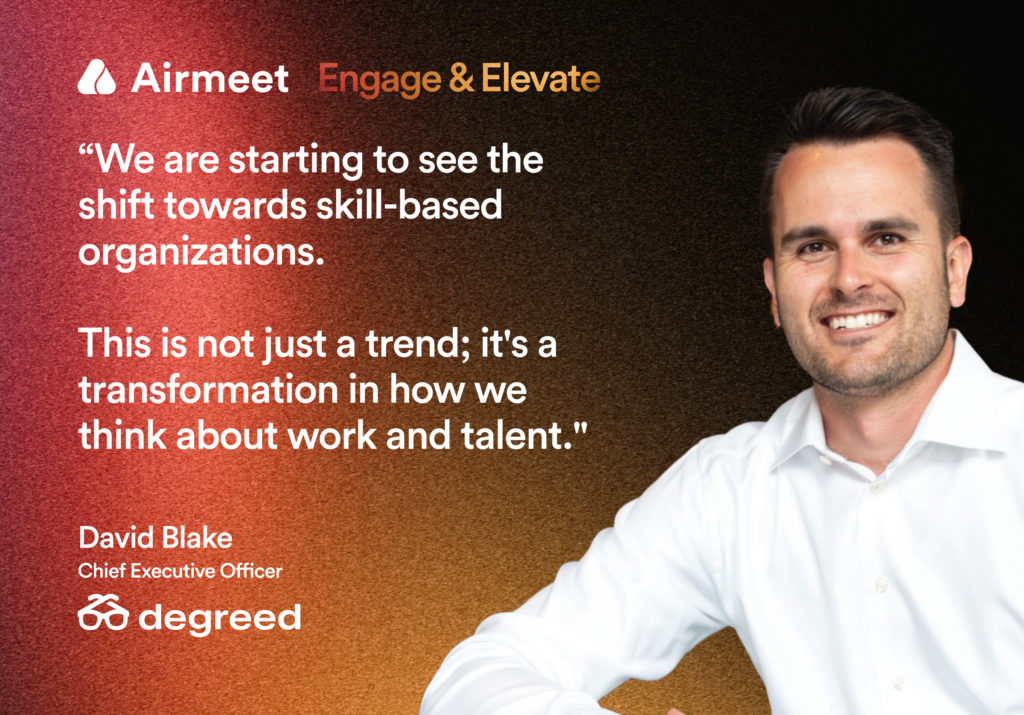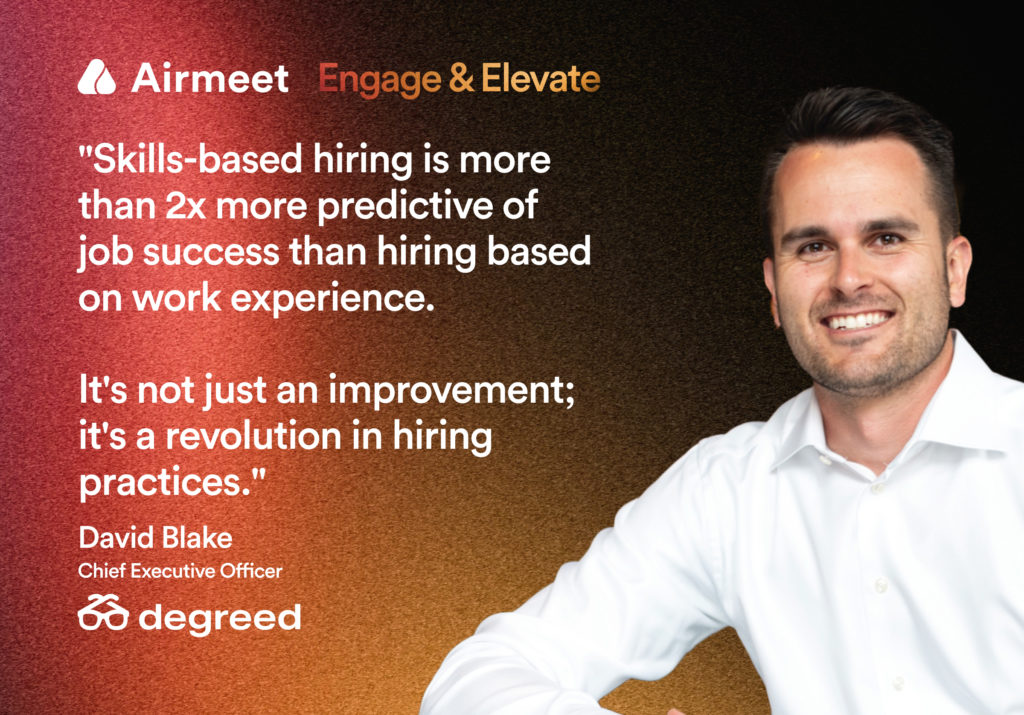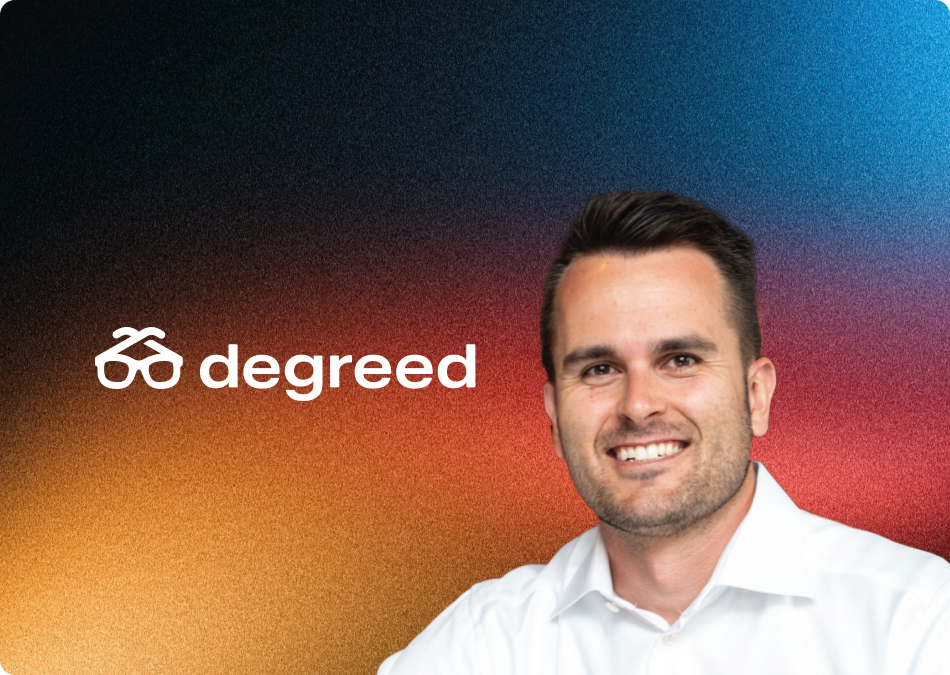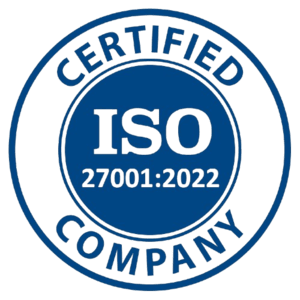In an era marked by rapid technological advancement and evolving workplace dynamics, the traditional paradigms of hiring, training, and career development are undergoing a seismic shift.
David Blake, a visionary in the field of educational technology and co-founder of Degreed, recently illuminated the path forward in his keynote at the “Engage and Elevate” event. His message was clear: the future is skills-driven, and organizations must adapt or risk obsolescence.
The Imperative for Skills-Based Hiring
“For too long, we’ve clung to the familiar yet outdated metrics of academic credentials and job titles as proxies for capability,” Blake asserts. He references McKinsey’s groundbreaking research, revealing that skills-based hiring is “more than 2x more predictive of job success” than traditional hiring practices.
This data not only challenges the status quo but also highlights a transformative opportunity for HR and L&D teams to redefine talent acquisition and management.

The Transformation Story of Marlin Steel
Blake shares the compelling narrative of Marlin Steel, a company that pivoted from “low intelligence steel manufacturing” to high-value production, thanks to a strategic focus on skills development.
By creating a skills matrix and incentivizing skill advancement with micro-raises, Marlin Steel not only uplifted its workforce but also redefined its market positioning. This story exemplifies the tangible benefits of aligning employee growth with organizational objectives through a skill-centric approach.
The Widening Skills Gap: A Call to Action
With technology’s pace outstripping the workforce’s ability to adapt, Blake warns of an “ever-widening, ever-growing skills gap.” He cites staggering figures from Corn Ferry, predicting a global talent shortage that could result in $8.5 trillion in unrealized annual revenues by 2030.
This scenario paints a stark picture for HR and L&D professionals: the time to act is now. Organizations must invest in upskilling and reskilling initiatives to bridge this gap and secure their competitive edge.
The Democratization of AI and Its Role in Skills Management
The advent of AI and large language models presents unprecedented opportunities for managing and developing skills at scale. Blake’s discussion about Marlin Steel’s skills matrix transformation underscores the potential of AI to handle complex skill combinations, enabling personalized learning pathways and career development plans.
For HR and L&D teams, leveraging AI means being able to deliver tailored, impactful learning experiences that meet the unique needs of each employee.
The Future of Compensation: Skills as Currency
Perhaps the most radical shift Blake anticipates is in compensation models. “In a world where the premium on skills is going up every day, paying based on skills rather than job titles is not just fair—it’s strategic,” Blake argues.
This approach not only attracts and retains top talent but also fosters a culture of continuous learning and improvement. For organizations, this means developing frameworks to assess, value, and compensate skills accurately and equitably.

Moving Forward: A Blueprint for HR and L&D
As we stand on the cusp of this skills-driven future, the mandate for HR and L&D teams is clear: embrace change, leverage technology, and prioritize skill development. By doing so, organizations can navigate the challenges of the modern workforce, from closing the skills gap to enhancing employee engagement and productivity.
“In times of great change, it is the learner who inherits the earth,” Blake concludes, quoting Eric Hoffer. For HR and L&D professionals, this moment is not just a challenge but an opportunity—an opportunity to lead their organizations into a future where skills are the ultimate measure of value.




























